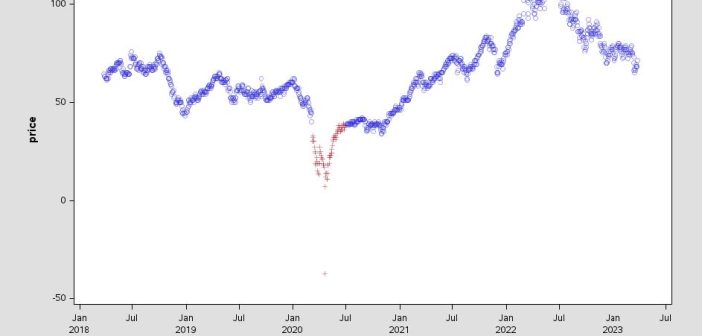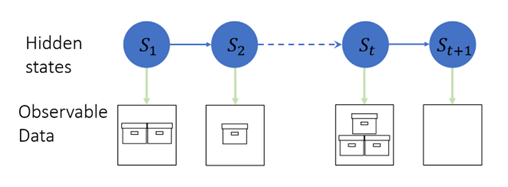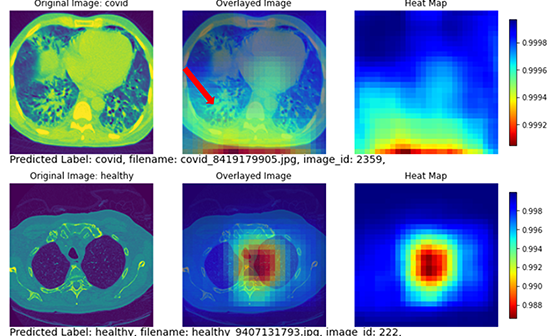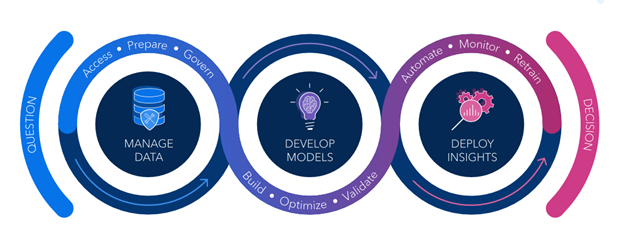
A close look at the first of five DevOps ideals in Gene Kim's book, “The Unicorn Project."

A close look at the first of five DevOps ideals in Gene Kim's book, “The Unicorn Project."

SAS' Phuong Ngo demonstrates an automated shift-left CI/CD security workflow.

Empirical Mode Decomposition (EMD) is a powerful time-frequency analysis technique that allows for the decomposition of a non-stationary and non-linear signal into a series of intrinsic mode functions (IMFs). The method was first introduced by Huang et al. in 1998 and has since been widely used in various fields, such as signal processing, image analysis, and biomedical engineering.

SAS' Ji Shen introduces you to an effective solution for modeling and forecasting count time series.

In her first blog post, SAS' Mu He shows you how to train a convolutional neural network that can accurately detect patients with COVID-19 using the transfer learning technique.

You can start learning about ModelOps and SAS Model Manager now. Compare the various educational resources provided by SAS according to your learning preference.

SAS' Scott Pope introduces you to an action set in SAS Viya called dlModelZoo that supports importing PyTorch models.

SAS' Brandon Reese the EURO Meets NeurIPS 2022 Vehicle Routing Competition, which combined efforts of operations research and machine learning experts.

SAS' Ali Dixon and Mary Osborne reveal why a BERT-based classifier is now part of our natural language processing capabilities of SAS Viya.

Editor's note: This article follows Curious about ChatGPT: Exploring the origins of generative AI and natural language processing. As ChatGPT has entered the scene, many fears and uncertainties have been expressed by those working in education at all levels. Educators worry about cheating and rightly so. ChatGPT can do everything